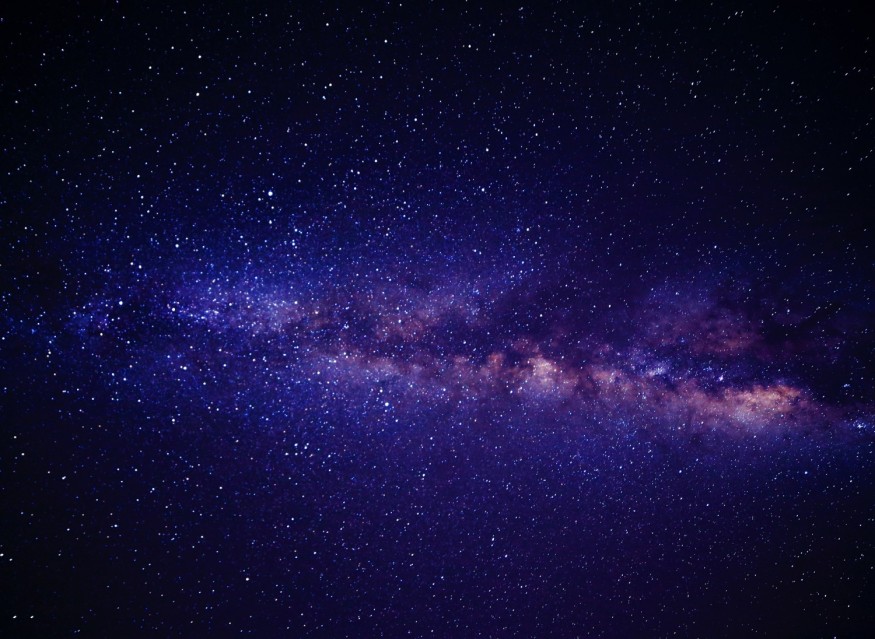
Marking history, astronomers were able to uncover a system of two stars that may, later on, burst and cause a massive kilonova, which is a blast that leads to the creation of precious metals by merging two corpses of stars.
What Are Kilonovas?
According to Astronomy, kilonova takes place when the collision of two different compact objects, such as binary stars or a black hole and a neutron star, takes place. Such mergers are around a thousand times brighter compared to classical novas. However, they fall short in terms of brightness compared to supernovas.
Live Science reports that the suspected kilonova from the recently discovered star system may not take place for millions of years. However, the star system that has the capacity to facilitate such a massive kilonova blast is still a celestial oddity and gem. The discovered binary star system consists of one huge star and one dead and dense neutron star that are both locked inside a singular orbit. Specialists think that there are less than 10 of these systems across the Milky Way.
Extremely Rare Binary System Discovered
The study about this rare phenomenon was included in the Nature publication.
Cosmos Magazine reports that according to Dr. André-Nicolas Chené, an astronomer from the NSF (National Science Foundation) NOIRLab and study co-author, it is known that the Milky Way harbors over a hundred billion stars and that it could contain hundreds of billions more stars. In essence, this makes this rare twin star system, dubbed CPD-29 2176, a 1-in-10-billion discovery.
Before their study, the researchers estimated that there could only be one or two of these systems within the Milky Way, which is essentially spirally shaped.
Lead author and assistant professor Noel D. Richardson from the Embry-Riddle Aeronautical University expresses that the current neutron star will need to form without pushing its companion out of the system. He further states that the best explanation for the tight orbit of these companion stars is an ultra-stripped supernova.
In order for these binary stars to result in a kilonova, the other star would also have to burst into an ultra-stripped supernova. This is necessary for the two neutron stars to merge and collide with each other.
This may take around a billion years to take place. Live Science, however, reports that the astronomers are excited to look into the potential kilonova precursor before the blast happens.
Professor Richardson expresses how this system shows that there are neutron stars that form as a result of a small supernova kick. As they continue to know more about systems like this one, it can help in knowing more about the calmness of stellar deaths and whether such stars may die even without supernovas taking place.
RELATED ARTICLE : Astronomers Detect Star System With Two Super-Mercuries and Three Super-Earths; How Rare Are These Planets?
Check out more news and information on Space in Science Times.
© 2025 ScienceTimes.com All rights reserved. Do not reproduce without permission. The window to the world of Science Times.










